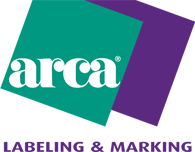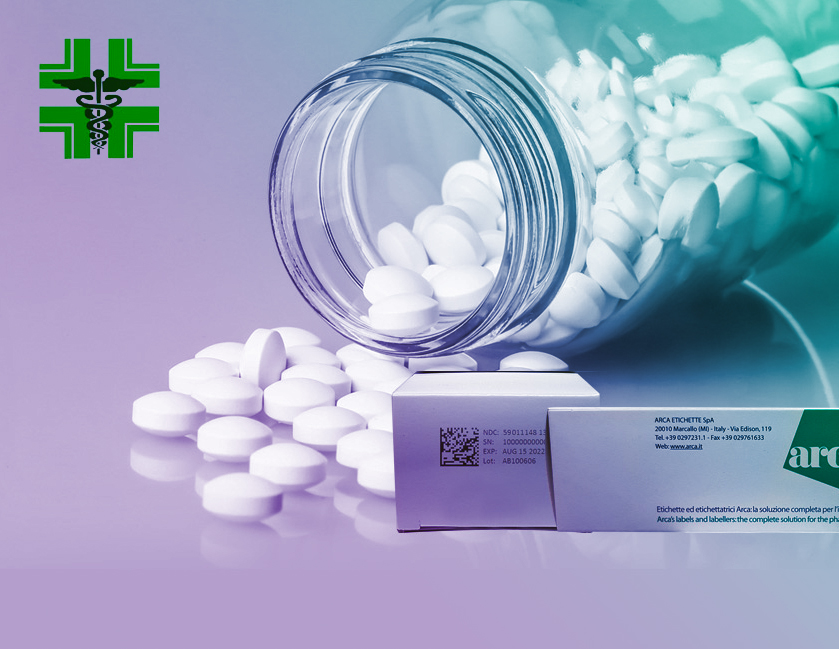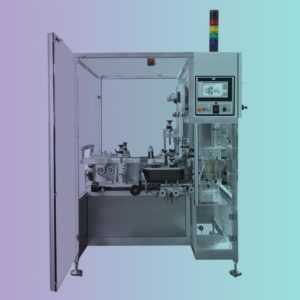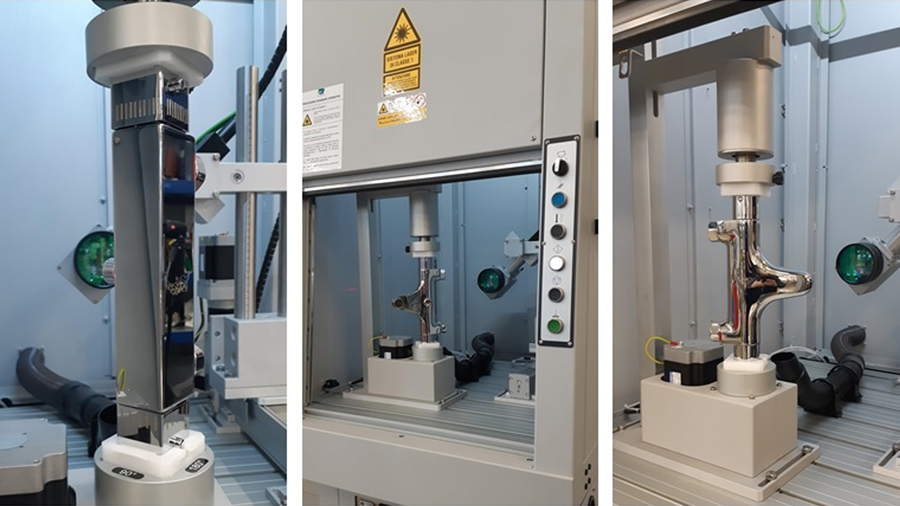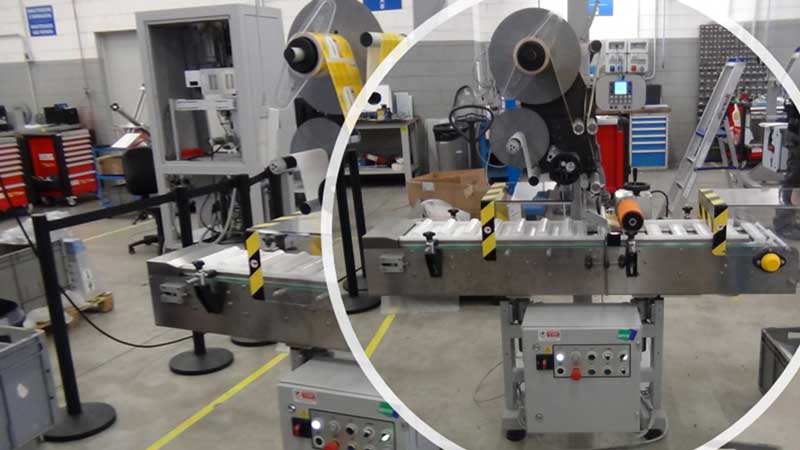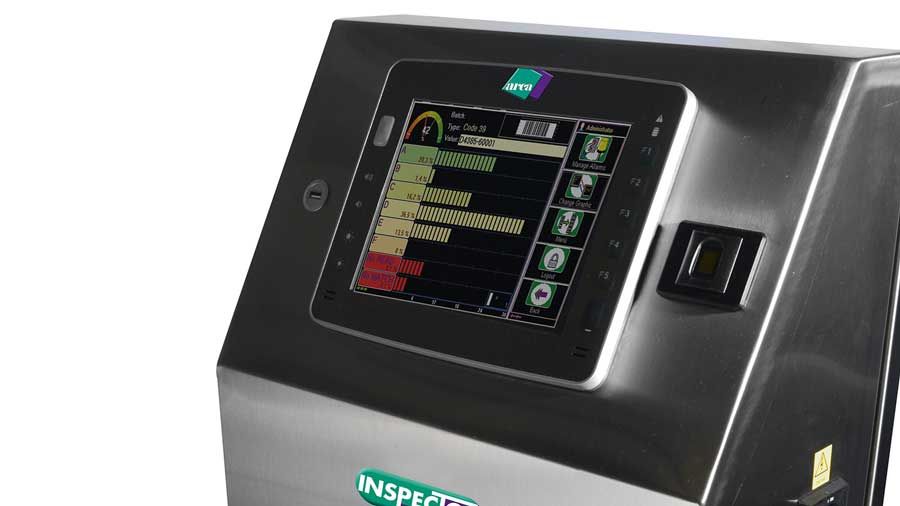The counterfeiting of pharmaceutical products is an enormous risk for consumers’ health and a major economic loss for the pharmaceutical industry. The safety of pharmaceutical products is a necessity for the final consumer and it requires an utmost control of the flow of products, from the manufacturing to the distribution.
In this context, many countries have decided to adopt new regulations with the aim to introduce safety elements for the packaging of medicinal products for human use. This is a significant change that will ensure the authenticity of medicines and safety for patients (and also for the pharmaceutical industry) and will strengthen the security of the supply chain.
One of the components of anti-counterfeiting is for sure the process of identifying every individual packaging, which passes under the concept of serialization. Each package subject to the obligation to integrate the security features, will be coded with a 2D code (GS1 Data Matrix) containing a unique identifier. The data must also be printed in human-readable format and if possible adjacent to the two-dimensional barcode containing the unique identifier.
In addition to the unique identifier, the integrity of the tamper prevention system (see point 5) ensures that the packaging has not been opened or altered after its release from the production facilities, thus ensuring the integrity of the contained drug.
Currently, the needs for serialization are limited to the marking of the unique code on the single product sold. However, from now until 2023, each product must be traceable to the entire supply chain: individual packaging, box / pallet, final distribution point. This level of serialization is called aggregation.
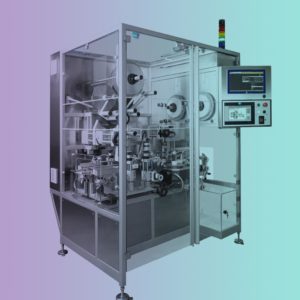
Pharmatrack Seal 4.0
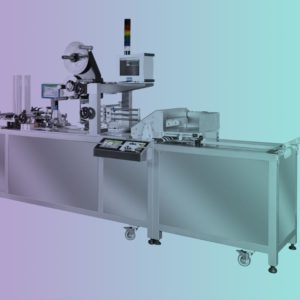
Cardboard
Tamper evident seal
International Regulations
European Union
In 2011, the European Union issued a Specification concerning the Falsified Medicines (DIRECTIVE 2011/62/EU) which indicated the key points of anti- counterfeiting that can be simplified in the concepts related to “Safety Features” such as: Authenticity, Identification, Tampering.
The rules set out in the Delegated Acts (EU) 2016-161 will be applied from February 9th 2019 for all EU Member States with the sole exception of Belgium, Greece and Italy that at the time of the entry into force of the directive 2011/62/EU already had systems for verifying the authenticity of medicines and identification of individual packs (the pharmaceutical vignette label, see point 6). For these countries the articles expressed in the Delegated Acts will have to be applied at the latest starting from February 9th 2025.
Rest of the World
Serialization is already required by the regulations of different countries such as Argentina, Turkey (considered the pioneer in this field, which already in 2010 regulated the monitoring of the entire supply chain), South Korea and China. Pharmaceutical serialization is already a reality in Saudi Arabia and Iran, where the Data Matrix is mandatory since March 2017 and the aggregation process could be integrated soon.
Serialization is mandatory in the USA since November 2017. Nonetheless, the FDA has specified that “no action will be taken against producers who do not comply with the regulation until November 2018”. Aggregation will be necessary from 2019 and mandatory by 2023.
Fast approaching deadlines
The European Directive on Falsified Medicines (FMD) makes the serialization and tamper evident processes mandatory for every drug that will enter the European single market from February 2019. For this reason, even some non-EU member countries such as Switzerland, Norway and Iceland have decided to adapt to the FMD.
Other imminent deadlines for the implementation of pharmaceutical serialization include: Egypt (June 2018), Russia (December 2019), Pakistan (December 2019), Jordan (January 2020), and Brazil (December 2021).
The other members of the Cooperation Council for the Arab States of the Gulf are expected to follow the example of Saudi Arabia in pharmaceutical serialization.
The same goes for Ukraine, which will adapt to the existing rules in Russia and the EU.
In general, every pharmaceutical manufacturer will be required to comply with the regulations of the markets in which he wants to sell his products. For this reason, pharmaceutical companies that export their products abroad are subject to these regulations even if the serialization is not yet regulated by their local legislation.
The unique identifier of the product
The regulation defines which are the characteristics of the UNIQUE IDENTIFIER that has to be marked on all the boxes.
The identifier will be composed of 4/5 information reported in a readable and two-dimensional format, depending on the country of destination and its specific rules. It will have its own communication process to a multilevel storage structure in order to allow its verification.
• A code that identifies the common denomination, the pharmaceutical formula, the dosage, the size and the type of packaging;
• A numeric or alphanumeric sequence of no more than 20 characters, generated by a randomization algorithm
A national reimbursement number or other national number identifying the medicine, if required by the member state where the product is destined to be placed on the product;
• The lot number;
• The expiry date;
How can it be marked?
In order to mark the Unique Identifier directly on the pharmaceutical carton, there are two main techniques that can guarantee excellent marking quality while maintaining high productivity:
– Inkjet markers
– Laser markers
Currently, the most used solution by pharmaceutical companies is inkjet marking. However, companies that decide to rely on laser marking are increasingly frequent, thanks to a series of very interesting and competitive advantages:
- UNMATCHABLE PRODUCTIVITY: thanks to the possibility of continuous operation, with no down time for replacing consumables: lasers provide a “NON STOP” marking system.
- INDELIBLE: laser marking is forever.
- COST EFFICIENT: lasers don’t require any consumables.
- HIGH GRAPHIC QUALITY that is always absolutely constant over time.
- MINIMUM MAINTENANCE REQUIREMENTS, thanks to an absence of moving parts and components subject to wear.
- ECO-FRIENDLY: lasers don’t produce any residual waste.
- ABSOLUTELY CLEAN: light is clean.
- HIGH LIFE EXPECTANCY: 100.000 hours in a non-stop production line.
What is a Track&Trace software?
For pharmaceutical manufacturing companies it has become mandatory to dispose of IT tools that rigorously support the entire management cycle as well as the manufacturing process.
The characteristics of the sector and the high-quality standards to undertake have pushed the pharmaceutical industry to extend as far as possible the traceability of the warehouse flows of the entire production process, from the purchase of raw materials to production, from the quality controls to the distribution.
In order to handle this complicated IT process, the pharmaceutical industry relies on specific companies specialized in the development of TRACK & TRACE software.
According to ANSI-ISA 95 (international standards from the International Society of Automation for developing an automated interface between enterprise and control systems), the following technological levels in the serialization system can be distinguished.
Level 0: the manufacturing lines of the pharmaceutical companies(according to ISA-95 “It defines the actual physical processes”).
Level 1: the line devices for marking, labelling and inspecting such as labellers, inkjet or laser markers, vision system and barcode readers, desktop printer (according to ISA-95 “It defines the activities involved in sensing and manipulating the physical processes”).
Arca is a producer of Level 1 solutions.
Level 2: software for the management and control of the serialization process on every single packaging line (according to ISA-95 “It defines the activities of monitoring and controlling the physical processes”).
It allows to receive the serial numbers, send them to the marker and the inspection camera, inspect and acquire the related data, aggregate in multiple packages or perform “reworking” operations, start and stop each production lot, manage the security of the system (CFR21 part11). Once the process of marking and inspecting the unique code is complete, level 2 communicates the serialization and aggregation data to the higher levels.
Level 3: software for the overall management of every single manufacturing site (according to ISA-95 “It defines the activities of the work flow to produce the desired end-products”).
In level 3, the serial number of every product unit are auto-generated or imported from the outside. It is a centralised platform (software installed in a central server which is connected to all packaging lines) that avoids data redundancy, facilitates back-up, allows the safe management of serialisation data while ensuring operational autonomy to every single line.
Level 4: ERP interface software of the pharmaceutical companies towards the other player of the supply chain and the national authorities (according to ISA-95 “It defines the business-related activities needed to manage a manufacturing organization”).
The international regulations impose on every pharmaceutical company to make serialised data available to MAHs (Manufacturing Authorization Holders), CMOs (Contract Manufacturing Organizations), other supply chain partners (hospitals, drugstores), customers and national authorities.
According to the international standard ANSI-ISA 95, further non-manufacturing business-related levels can be determined, especially when it comes to security.
Level 5: the national (or supranational, like for the EU) data base hubs (according to ISA-95 “There are other non-manufacturing business-related activities that may be in levels 1 through levels 4 or higher levels, but these are not defined in this standard”).
How to protect the integrity of the packaging?
The anti-counterfeiting regulations do not indicate a specific methodology for the realization of the integrity of the packaging. The technically available systems include: pre-cut and glued cartons boxes, Tamper Evident security labels, wrapping the entire package in a sealed film, using specially designed folding cartons.
The solution most used by the pharmaceutical industry is the application of self-adhesive Tamper Evident labels. The two most common TE techniques are:
- Wipe Out: anti-counterfeiting seals/labels produced with destructible materials, the labels break in different pieces when lifted from the product or the surface on which they are stuck avoiding the new repositioning.
- Void seals/labels: anti-counterfeiting seals/labels produced with special materials and adhesives; when lifted they leave on the products an evident customized writing avoiding the repositioning.
These two models of seals/labels can have additional security features:
- Hidden micro texts
- Wood/QFX/Affirm/UV mask inks
- Photo/Thermochromics inks
- Pen reactive inks
- Guilloche papers/printings and watermarked paper
Pharmaceutical vignette labels/bollino
The pharmaceutical vignette label is a label containing all the information necessary to identify a particular medicine and each individual package.
A dual function: traceability and information collecting
The pharmaceutical vignette label, scanned during the passage on the supply chain, is reported at each step to a specific central database, thus allowing to identify the exact position at any time. In addition to ensuring the authenticity of drugs, this mechanism allows the Ministry of Health to check the type and number of drugs prescribed in the area, obtaining other useful information such as the consumption of a specific medicine. The information collected can then be used to get a picture on the state of health of the entire nation, obtaining valuable information relating for example to the presence of particular diseases, in which geographical areas are more present, what are the age and sex of patients and what type of treatment has been prescribed.
